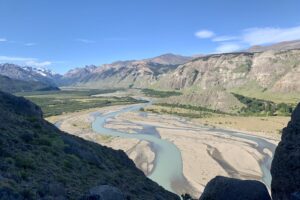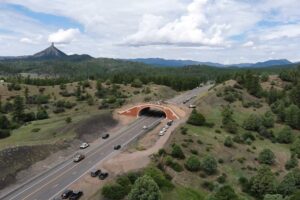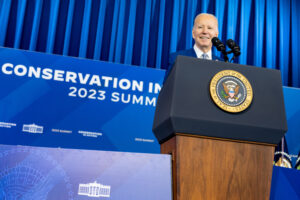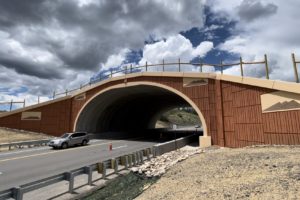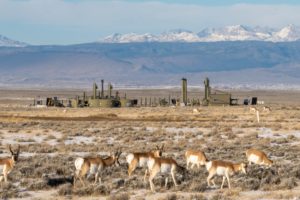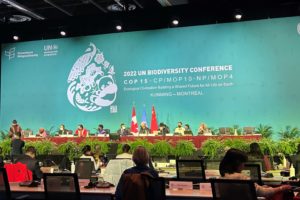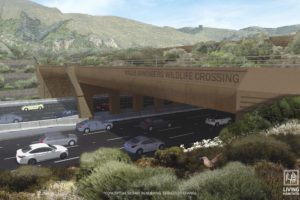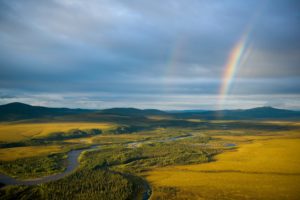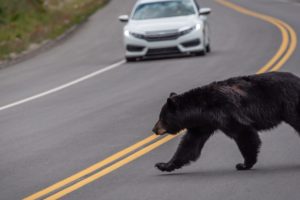The Center Leads the Charge for Ecological Connectivity at UN Negotiations to Save Migratory Wildlife
They run. They fly. They swim. Migratory species from elephants to golden eagles to sea turtles cover vast distances and often cross borders to survive. In February 2024, the Center for Large Landscape Conservation joined countries, partners, and experts in the ancient Silk Road city of Samarkand, Uzbekistan, to increase commitments and contributions to conserve migratory wildlife and their habitats around the world. Under the motto “Nature Knows No Borders,” more than 1,000 participants attended the 14th Conference of the Parties to the Convention on Migratory Species (CMS/CoP-14), the first to be hosted in a Central Asian country.

